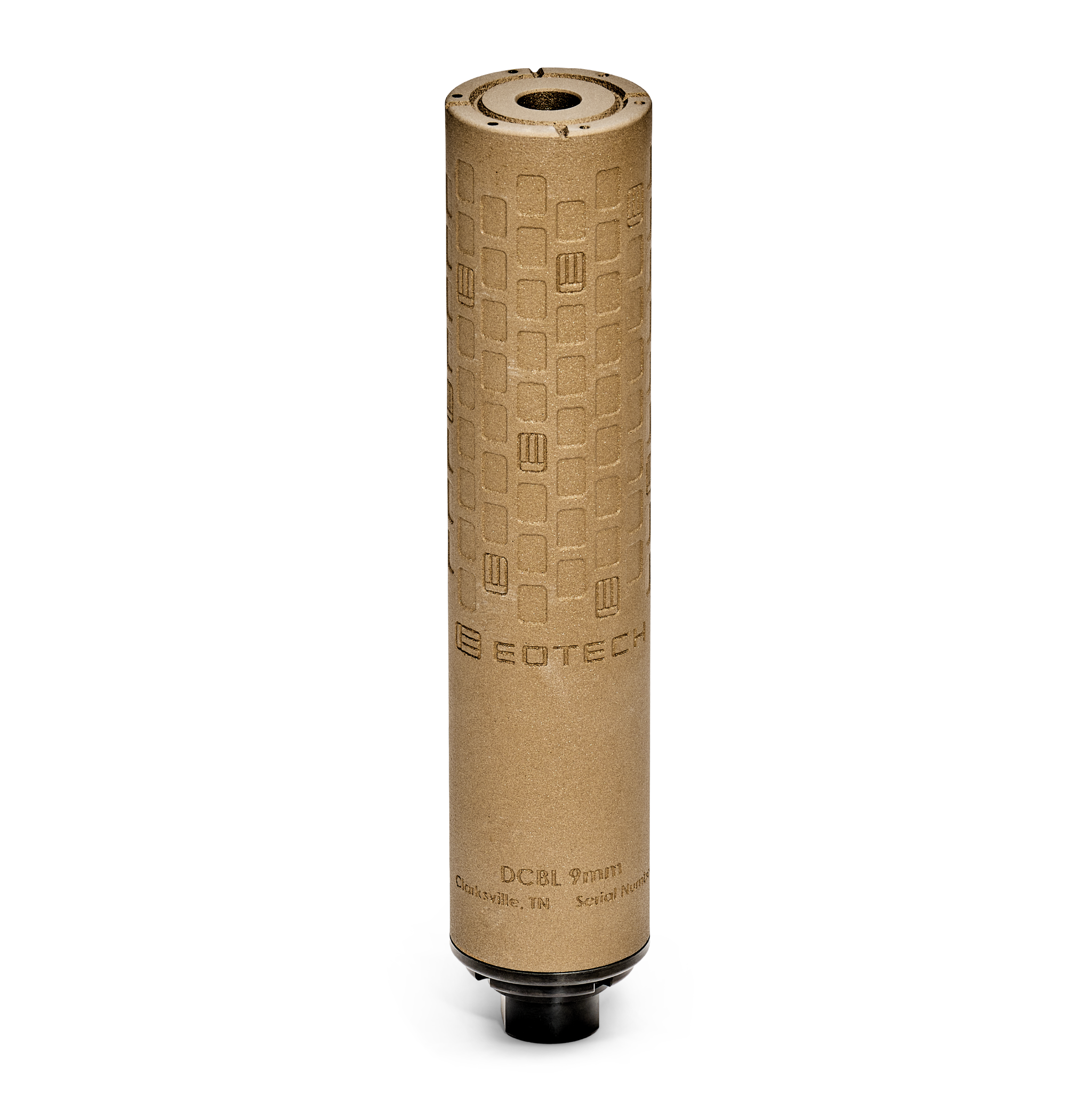Restrictions & Considerations
Export Restrictions
Export of this product is strictly controlled and enforced by the U.S. Department of Commerce, Bureau of Industry and Security, as prescribed in the Export Administration Regulation (EAR), Title 15, Code of Federal Regulations, Parts 730-774. EOTECH, LLC does not authorize any of its dealers or distributors to export this commodity without prior, written authorization, and will not provide warranty or post-sales support of unauthorized international exports.
Prop 65 Warning
This product can expose you to chemicals including (Epichlorohydrin, Phenyl, Hydrazine or Cumene) which are known to the State of California to cause cancer, and birth defects or other reproductive harm. For more information go to www.p65warnings.ca.gov.






